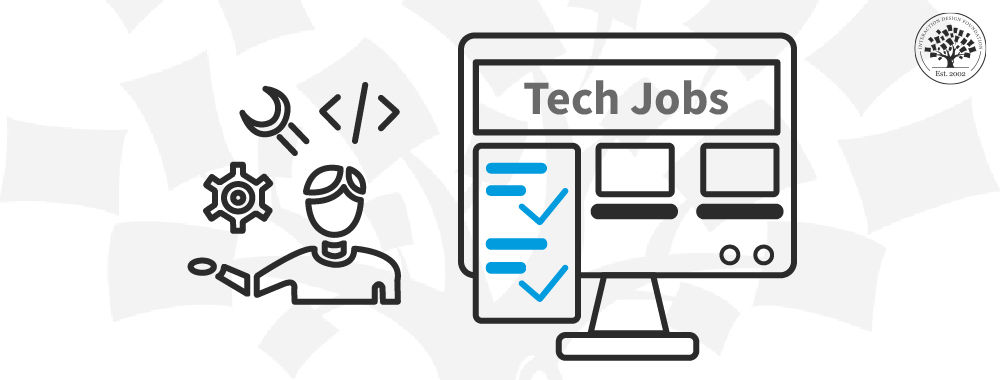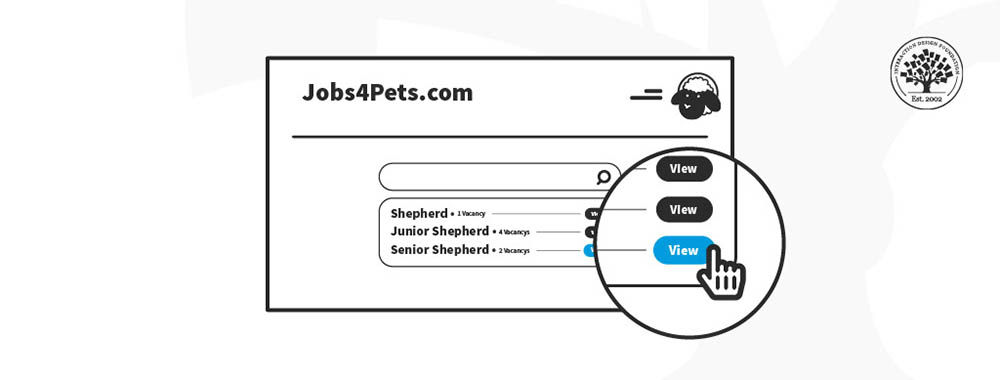The idea of the minimum viable product (MVP) has been around for some time. The term itself was coined by Frank Robinson but was made popular by two influential names in product design – Steve Blank, a serial-entrepreneur and academic, and Eric Ries, the pioneer of the Lean Startup movement.
What is an MVP?
The simplest definition is that an MVP must be the simplest core feature set of any product that allows it to be deployed and absolutely nothing more. However, the most popular definition is; “The smallest thing that you can build that delivers customer value (and as a bonus captures some of the value back).”

Author/Copyright holder: Henrik Kniberg. Copyright terms and licence: All rights reserved
The concept of value is vital to the MVP strategy – a wheel has no value to a user but a skateboard does. It’s all about transport not concepts to the user.
In general practice it’s also important for the team to define what the customer group will be. This will often be a highly-selective group with potential to become early adopters and thus more forgiving of a product’s short comings than those who attach themselves to more established technology. This group will be used to obtain feedback on the MVP and determine the strategic direction of further product development.
The MVP is thus a short-hand expression for a process that is dedicated to making new products that will be sold to customers. It assumes that the product will undergo a process of rapid iteration after it has entered the market to reach a more desirable state or that the product development will be abandoned if the market deems the product unusable or undesirable.
Eric Ries said; “As you consider building your own minimum viable product, let this simple rule suffice: remove any feature, process, or effort that does not contribute directly to the learning you seek.”

Author/Copyright holder: Jussi Pasanen. With acknowledgements to Aarron Walter, Ben Tollady, Ben Rowe, Lexi Thorn and Senthil Kugalur. Copyright terms and license: All rights reserved
Minimum Viable Product: Build a slice across, instead of one layer at a time
What are the Benefits of Using an MVP process for design?
There are several key benefits of using an MVP process; these apply not just to the design team but also to the company at large and any investors (if they are present):
You can test your understanding of whether the product is needed without having to use a huge amount of resources to develop the full product.
You can accelerate the team’s learning regarding what the customer actually wants/needs whilst using rapid iteration to deliver that.
You can minimize the number of wasted hours spent by your development team by focusing on a minimal number of features for launch.
You can go to market faster and thus, theoretically, start to raise sales revenues faster than if you develop the fully featured final product for launch.
You can gain a competitive advantage if other companies are contemplating entering the market you are focusing on.
The simplest mantra to follow to gain the benefits of an MVP is that you are looking to build the simplest product that you can test to see if the product should have been built in the first place. The objective of testing is to determine whether or not development should move forward or be abandoned.

Author/Copyright holder: Roman Pichler. Copyright terms and licence: All rights reserved. Img Src
Minimum Viable Product design can still be iterative. It doesn’t mean you have to get everything right on the first attempt.
Minimum Viable Product – Testing Approaches
Websites and Applications
One of the simplest methods to test demand for a product is to create a website for it and then buy traffic to that website. The website is not fully-featured but rather a mockup explaining what will be available and inviting customers to click for more information. The number of clicks is compared to visitor numbers to determine the amount of interest in the product.
Services
If you are going to sell a service the easiest way to test it is not to build the service delivery product but rather to perform the service for someone and try and measure how much they would be willing to pay for that service. This can be done multiple times in order to gain an accurate measure of this willingness.
New Features
Before developing new features for an existing product – it might be sensible to advertise the feature on an existing website and provide a link for more information. The link explains that the feature is currently under development. Again a measure of clicks to visitors will deliver a reasonable understanding of the need for such a feature before development commences.
How Does This Differ from “Release Early, Release Often”?
The MVP strategy can be compared to the open source movement’s strategy of “release early, release often” - the difference being that while both approaches are designed to take onboard client feedback and iterate the MVP strategy has a clear objective prior to engaging with customers and seeks reassurance on that strategy – the open source strategy relies on customers to set the objectives as it evolves. Both are good means of developing products but the MVP offers a clearer and faster journey to a fully featured product.

Author/Copyright holder: Unknown. Copyright terms and licence: Unknown
Minimum viable products do not have to be unexceptional. As you can see from this graph – there is value in delivering a quality product not just something that provides a tiny advantage to the user.
The Take Away
The MVP strategy is an ideal design approach for startup enterprises though it is also often employed within established corporations on designs that may be considered high-risk from investment or capital standpoints. It is designed to get a simple basic product to market in as short a time as possible and then to examine the feasibility of the product and to determine which features should be added in the next iteration. It is a user-focused design approach which gathers valuable feedback constantly to provide an improved product at each iteration.
References
Defining the minimum viable product is tricky. Gain practical tips on how to scope out the MVP in the course, “Agile Methods for UX Design”.
Find out more about the Lean Startup Approach and the work done by Erik Reis here.
Worried you’re not getting your MVP strategy right? Check out these warning signs here.
Hero Image: Author/Copyright holder: visualpun.ch. Copyright terms and licence: CC BY-SA 2.0












